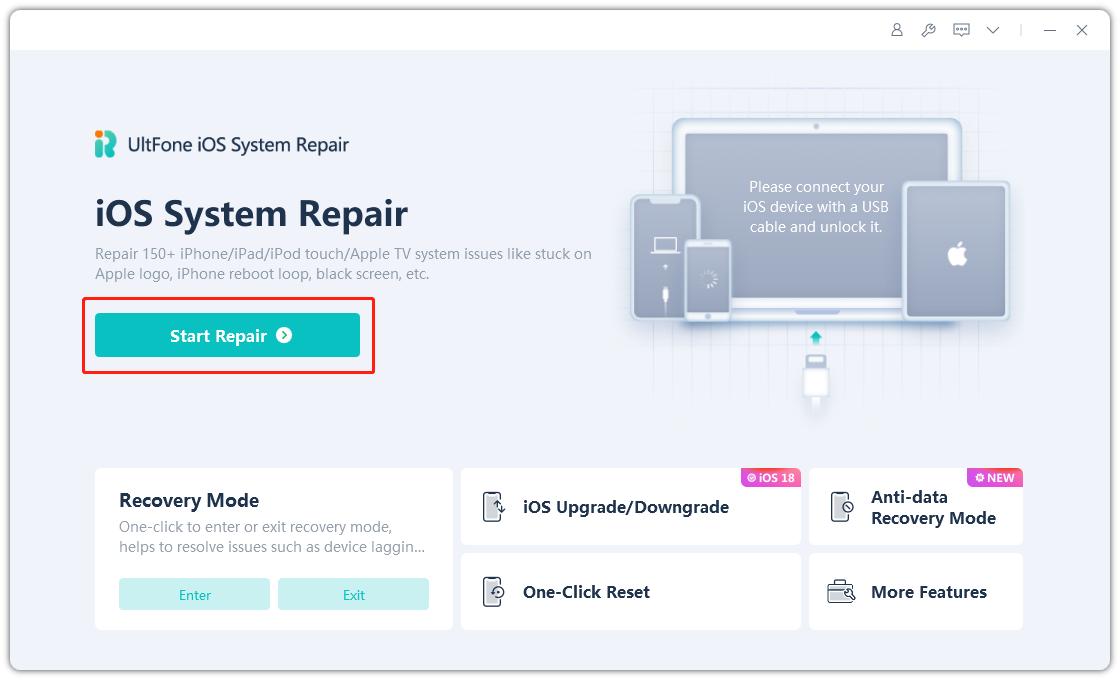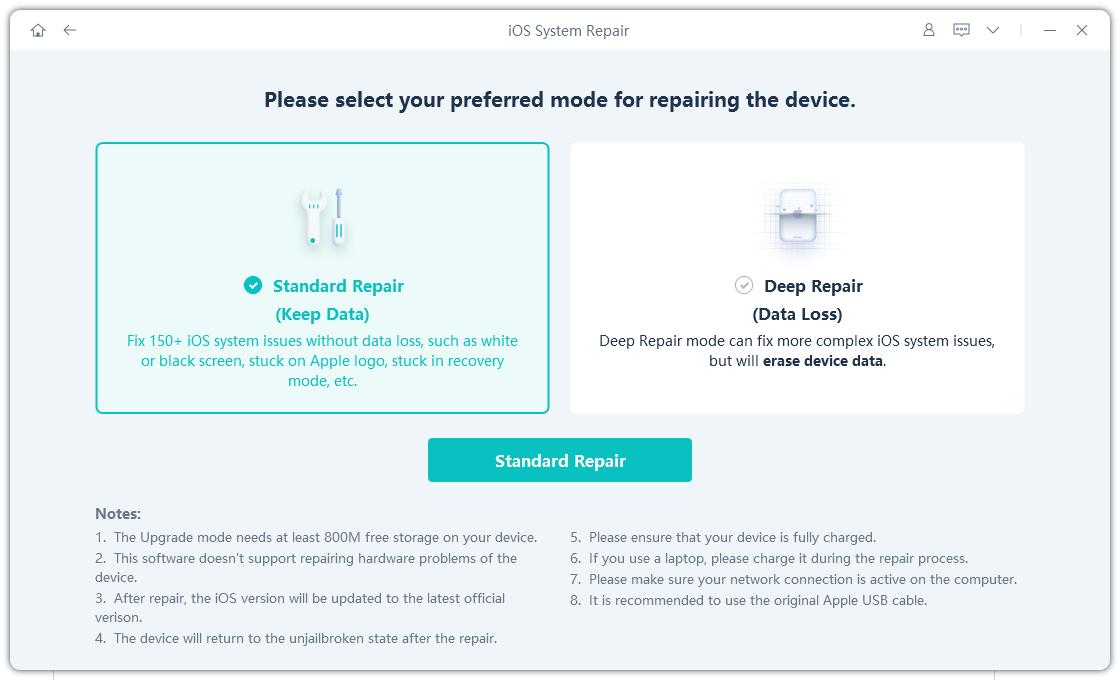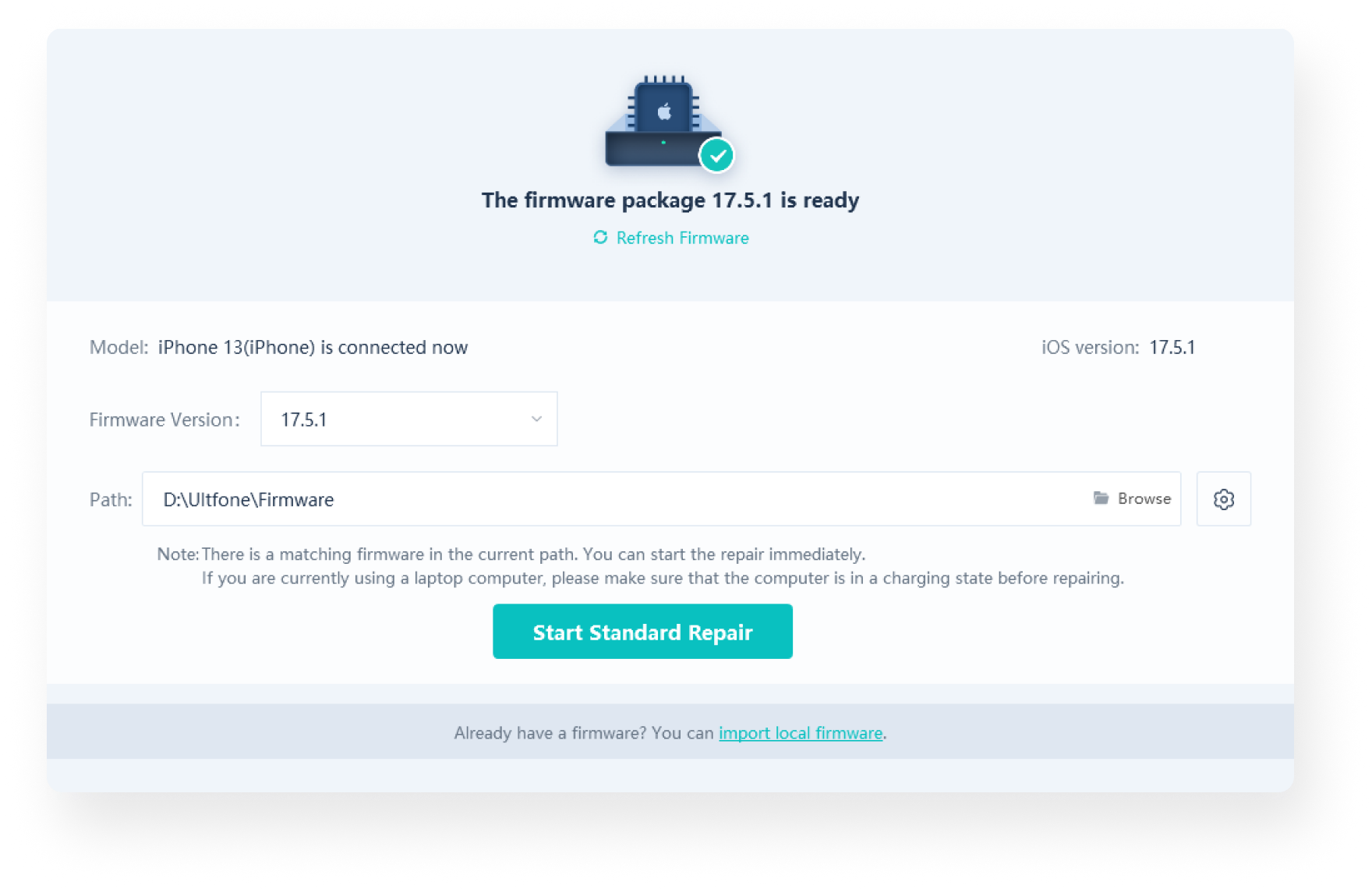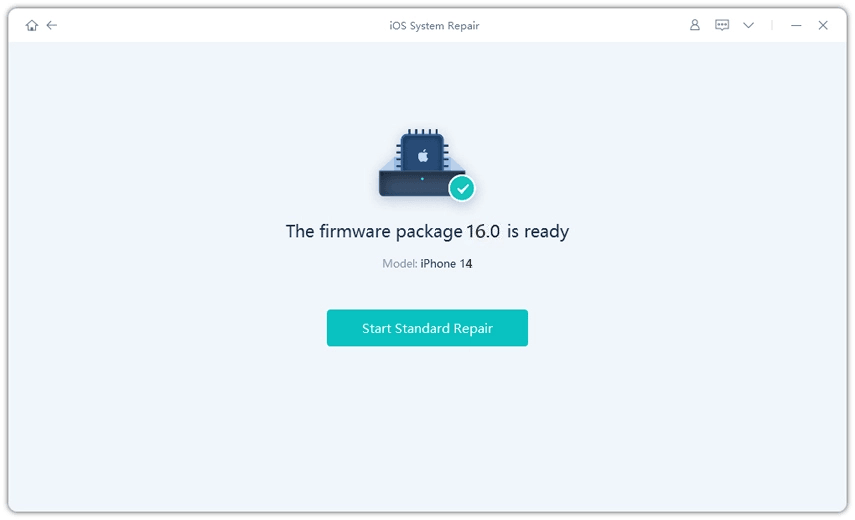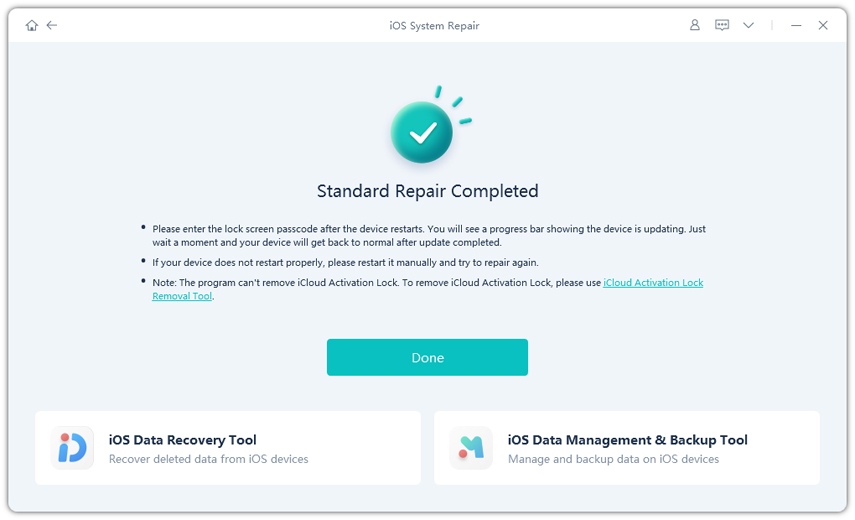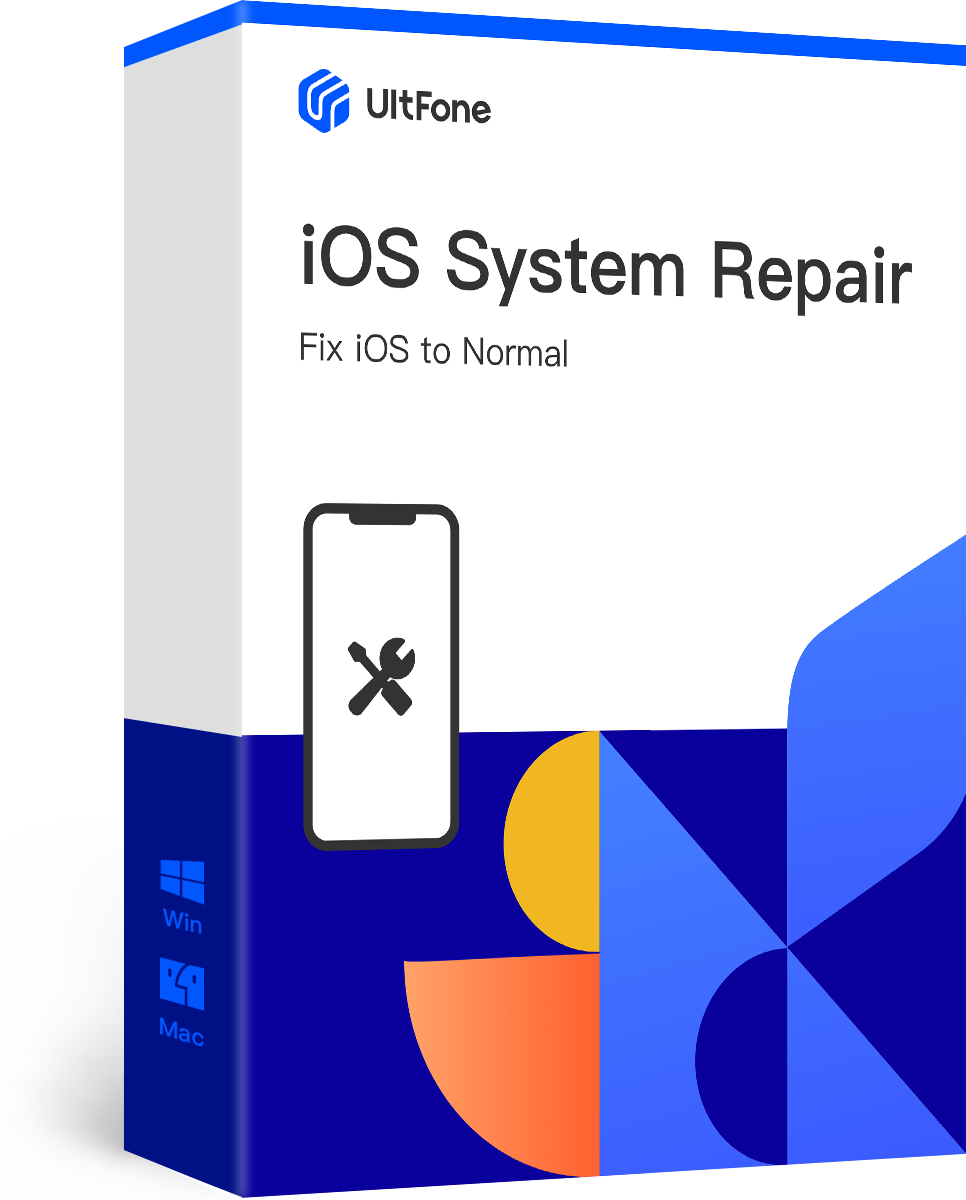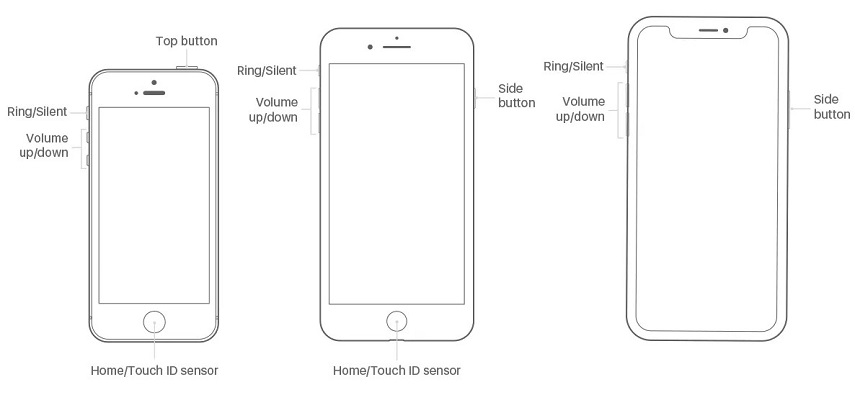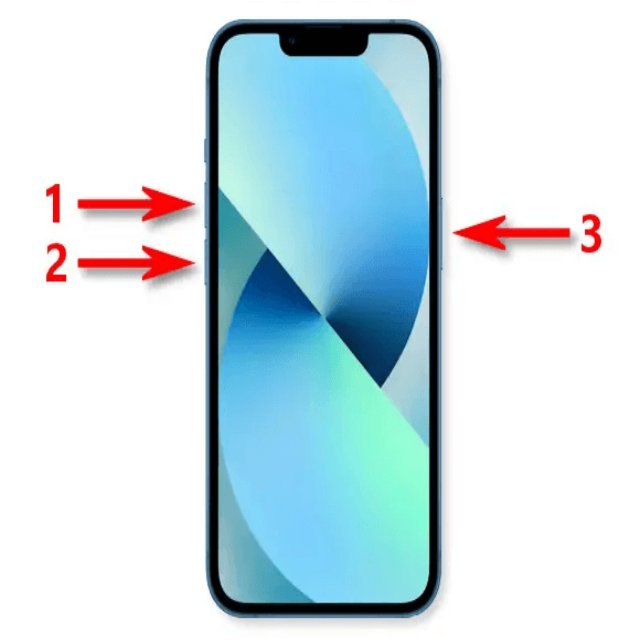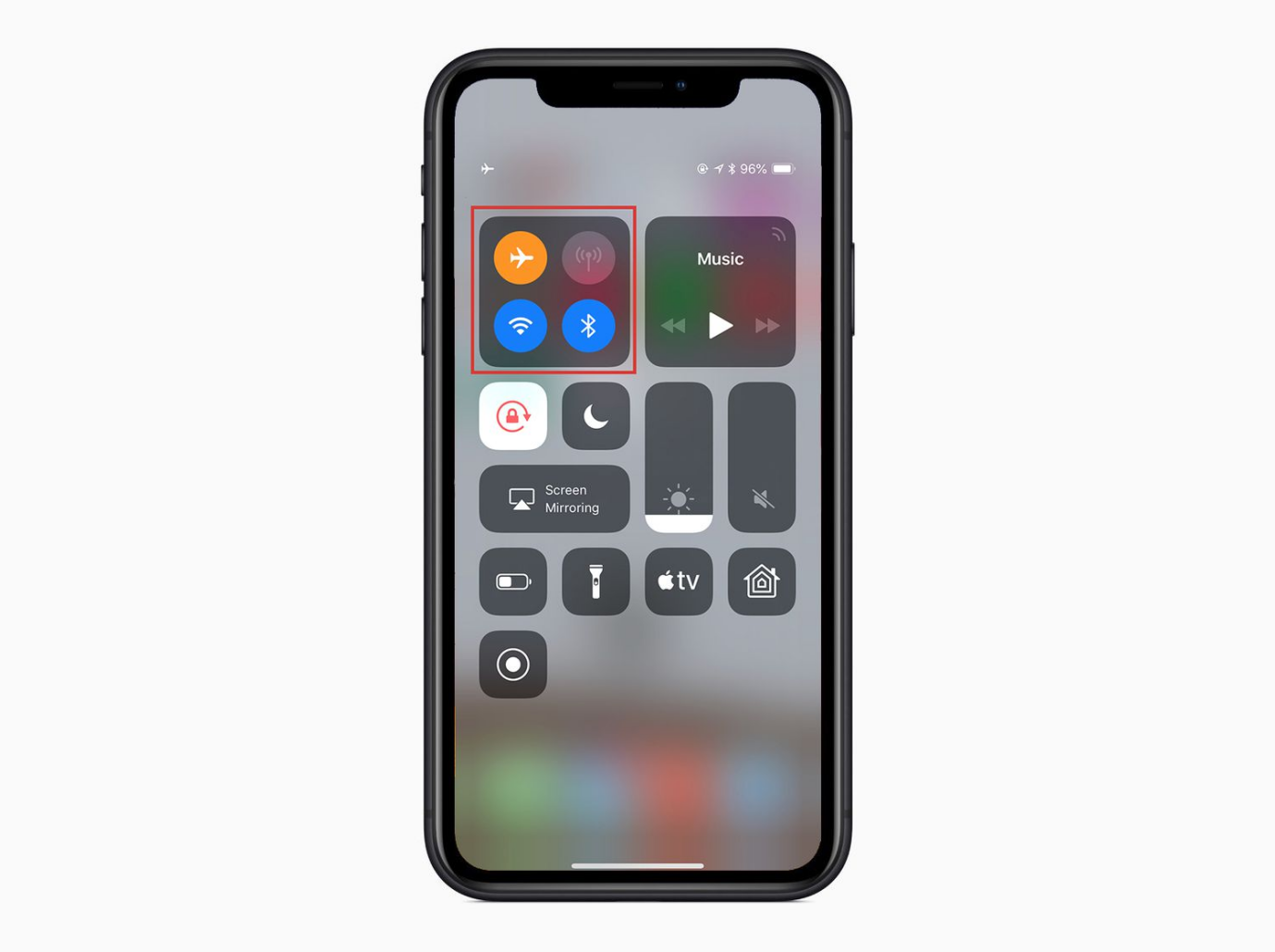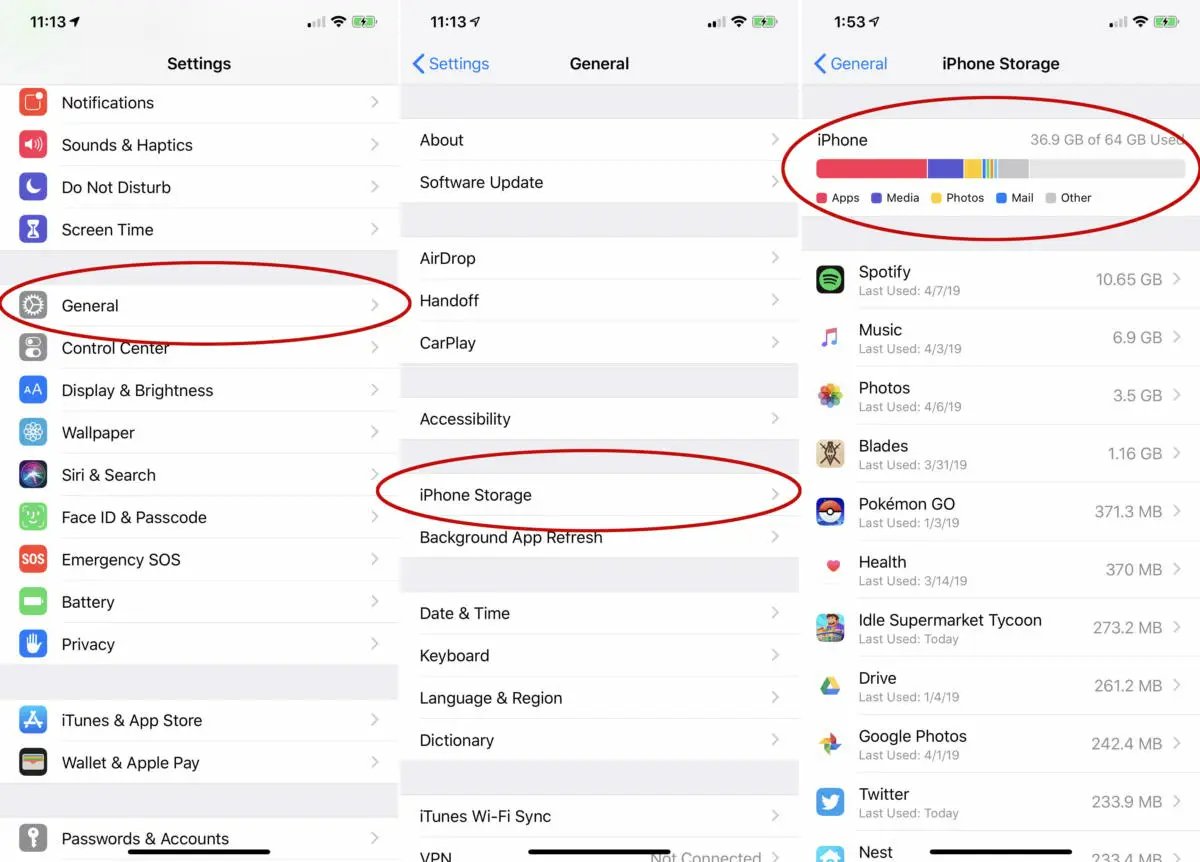[Proven Guide] How to Fix iTunes Not Recognizing iPhone?
 Jerry Cook
Jerry Cook- Updated on 2023-12-05 to Fix iPhone
You plug your iPhone into your computer to sync or backup, expecting iTunes to pop up ready to connect. But instead...nothing happens. iTunes doesn't recognize your device. Don't worry, you're not alone. Many iPhone users encounter this headache of iTunes failing to detect an iPhone.
But there are solutions and proven ways to get your iPhone connecting properly again through iTunes. This guide will walk you through 9 troubleshooting tips, tricks, and methods for getting iTunes to recognize your iPhone, detect it correctly, and allow syncing, backups, and management.
- Part 1. Why is iTunes not Recognizing My iPhone in Recovery Mode?
- Part 2. How to Fix iTunes Not Recognizing iPhone?
- Method 1 Use Professional Tool to Fix iTunes
- Method 2 Change Lightning Cable and USB Port
- Method 3 Update iTunes
- Method 4 iOS Software Update
- Method 5 Restart Both Your iPhone and Computer
- Method 6 Disable Security Software
- Method 7 Reset Privacy settings
- Method 8 Install USB Drivers
- Method 9 Check the System Report
Part 1. Why is iTunes not Recognizing My iPhone in Recovery Mode?
If your iPhone is stuck in recovery mode, iPhone not recognized by iTunes because recovery mode essentially puts the iPhone into a protected state to allow for system restores. iTunes doesn't interact with the iPhone as normal in this mode - it is waiting for a restore action via iTunes before continuing.
So the issue is not so much that iTunes is failing to detect the iPhone; it detects it is in recovery but then waits for user action rather than directly connecting. The iPhone needs to be kicked out of recovery mode back to a normal state for iTunes to interface with it as usual.
Part 2. How to Fix iTunes Not Recognizing iPhone?
Here following are the top 9 ways to fix iPhone not recognized iTunes:
Method 1 Use Professional Tool to Fix iTunes
If iTunes is failing to detect your iPhone, one of the best tools to resolve this is UltFone iOS System Repair software. This powerful utility is designed specifically to troubleshoot and fix a wide range of iOS system problems, including issues that can prevent iTunes from properly recognizing an iPhone.
With robust system repair features tailored to address iTunes issues, excellent compatibility, and easy no-tech-skills operation, UltFone iOS System Repair is an ideal solution for troubleshooting iTunes's failure to recognize iPhones.
Key benefits of using UltFone iOS System Repair include:
- Directly repair over 150+ system issues that may be causing iTunes detection problems
- Fix tricky problems like recover mode, Apple logo screens, and restart loops
- No data loss - system repair without erasing iPhone contents
- Optimized for the latest iOS versions, including iOS 17
- Extremely user-friendly with simple 1-click fixes
- Works for all iPhone models, including the newest iPhone 15 series
Here are the steps to fix iTunes is not recognizing iPhone:
- Step 1 Download and install UltFone iOS System Repair on your computer, either Windows or Mac. Connect your iPhone, showing the "Connect to iTunes" error via the USB cable.

- Step 2Open UltFone and go to System Repair. Click "Standard Repair" to start fixing your iPhone's issue.

- Step 3 UltFone will detect your iPhone model and download the correct firmware file needed to resolve the problem. Click "Download" for the firmware.

- Step 4 Once the firmware download completes, click "Start Standard Repair". This will kick off UltFone's specialized system recovery process to fix the "Connect to iTunes" error.

- Step 5 Wait a few minutes while UltFone repairs your iPhone's system and software related to the iTunes error. Don't disconnect your iPhone during this repair process.

Method 2 Change Lightning Cable and USB Port
Sometimes the issue is caused by a bad Lightning cable or a problematic USB port. Try connecting your iPhone to iTunes with a different Lightning cable and USB port to see if that resolves the detection issue. Here is how to fix iPhone not recognized in iTunes:
1. Connect your iPhone to your computer via a different USB cable
2. If that doesn't work, switch to connecting through a separate USB port.
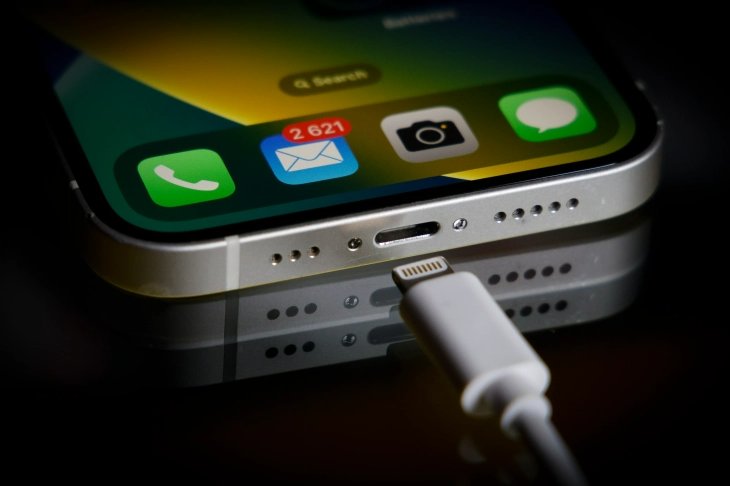
Method 3 Update iTunes
An outdated version of iTunes can cause connection and detection issues. Updating to the latest version can potentially fix iTune's failure to recognize the iPhone. Here is how to fix iTunes not recognizing iPhone but computer does:
1. Check for iTunes updates on your computer and install the latest available version.
2. Reconnect the iPhone and see if the new iTunes version can detect it.
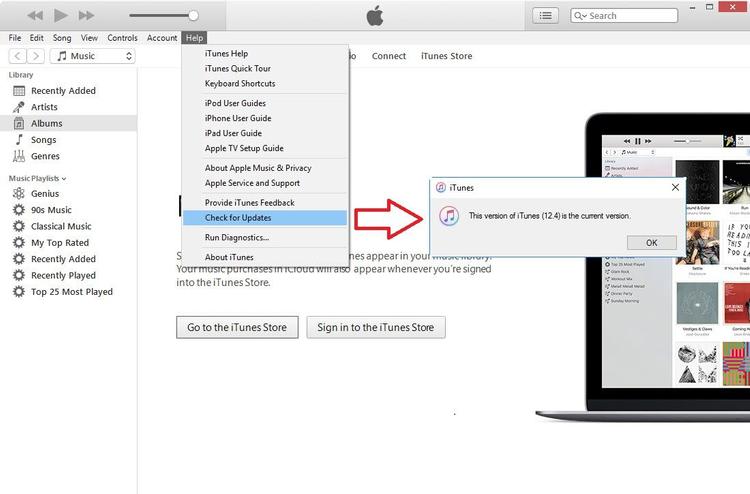
Method 4 iOS Software Update
Software bugs and glitches can also interrupt iPhone-iTunes connections. Updating your iPhone’s iOS software eliminates issues caused by an outdated OS. Here is how to fix iTunes not recognizing iPhone when plugged in:
1. On your iPhone, open Settings -> General -> Software Update to initiate an iOS update.
2. Once updated, retry connecting the iPhone to iTunes.

Method 5 Restart Both Your iPhone and Computer
Restarting your iPhone and computer completely flushes out temporary glitches that may block device interactions, potentially allowing iTunes to reconnect properly. Here is how to fix iTunes not recognizing iPhone unavailable:
1. Restart your iPhone by holding the Power button.
2. Fully power down, then restart your computer.
3. Reconnect the iPhone and see if iTunes now recognizes it.
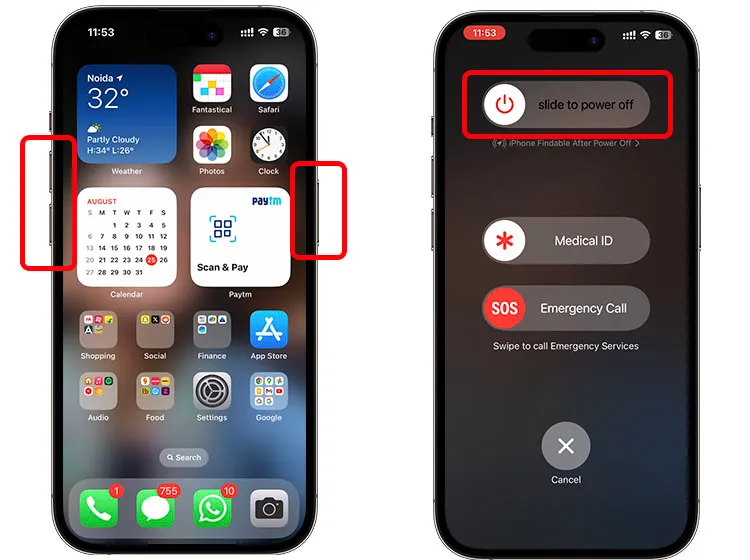
Method 6 Disable Security Software
Security programs like antivirus, VPNs, or firewalls running in the background can inadvertently block necessary system connections between iTunes and an iPhone.
Temporarily disabling your computer’s security software and settings reveals whether conflicts from these programs are the culprit for iTunes failing to detect the iPhone when you plug it in to sync and manage.
1. Disable any antivirus programs, VPNs, or firewalls on your computer.
2. Try reconnecting the iPhone to see if iTunes detects it.
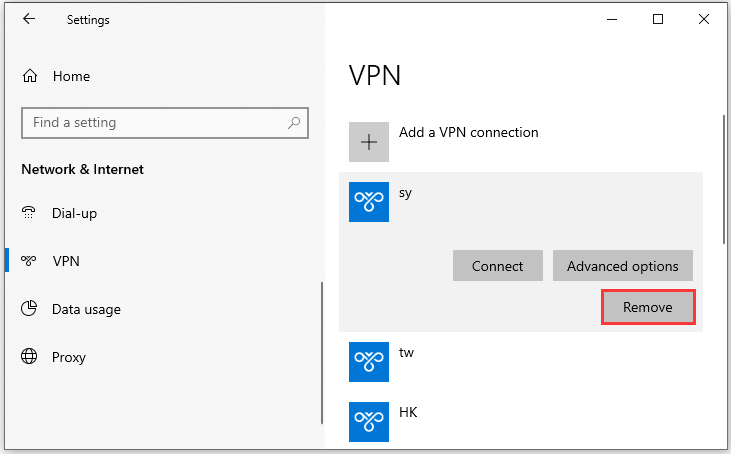
Method 7 Reset Privacy settings
If your iPhone has very strict privacy restrictions enabled, it can block iTunes being able to interface and read necessary system data from the device. This leads to issues with proper iPhone detection. Resetting the Location & Privacy settings gives iTunes another chance at connecting without heavy privacy getting in the way.
1. Go to iPhone Settings > General > Reset > Reset Location & Privacy.
2. Retry syncing iPhone with iTunes afterward.

Method 8 Install USB Drivers
Missing, outdated, or corrupted USB drivers running behind the scenes can cause connectivity issues between an iPhone and Apple apps like iTunes on Windows machines. Taking the time to manually install the absolute latest and official drivers ensures compatibility issues are not stopping iTunes detecting devices properly.
1. Download and install the current USB drivers for your Windows version from Apple's site.
2. Reconnect the iPhone to iTunes to see if up-to-date drivers fixed the issue.

Method 9 Check the System Report
If other troubleshooting fails, check if the System Report utility on your Mac detects the connected iPhone, indicating a software-level issue with iTunes.
1. Open Finder and choose About This Mac > System Report
2. See if the iPhone shows under USB in the left sidebar. If yes, likely an isolated iTunes problem.
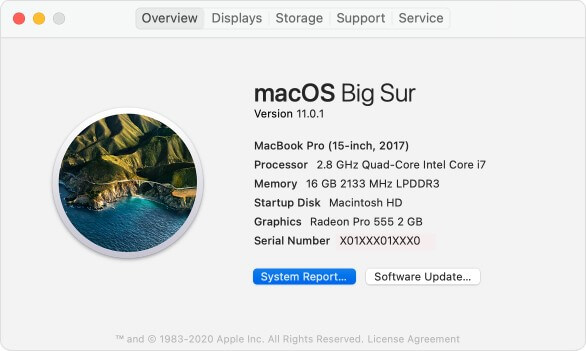
Final Word
With various potential causes behind iTunes not recognizing iPhone restore, it can be frustrating pinpointing the exact reason and best fix. But as we've covered through multiple proven methods, you can systematically troubleshoot connectivity issues from different angles, whether hardware-related, like cables and USB ports, or software-based, like driver conflicts.
For repairing the deeper iOS issues that typically cause the "Connect to iTunes" errors, leveraging a purpose-built tool like UltFone iOS System Repair makes the entire process easy and effective. In a few clicks, it can directly resolve the root systemic problems without data loss, safely re-enable iTunes detection of your iPhone.

